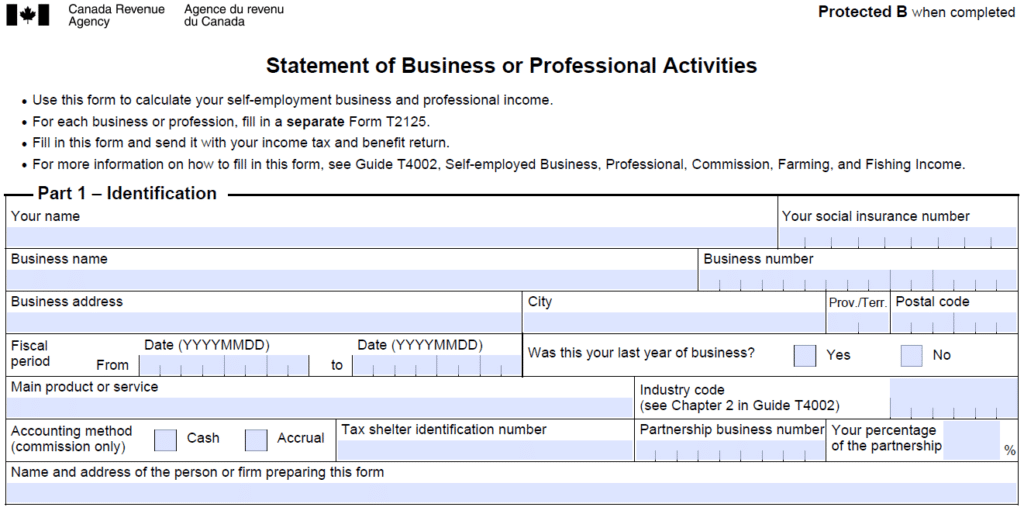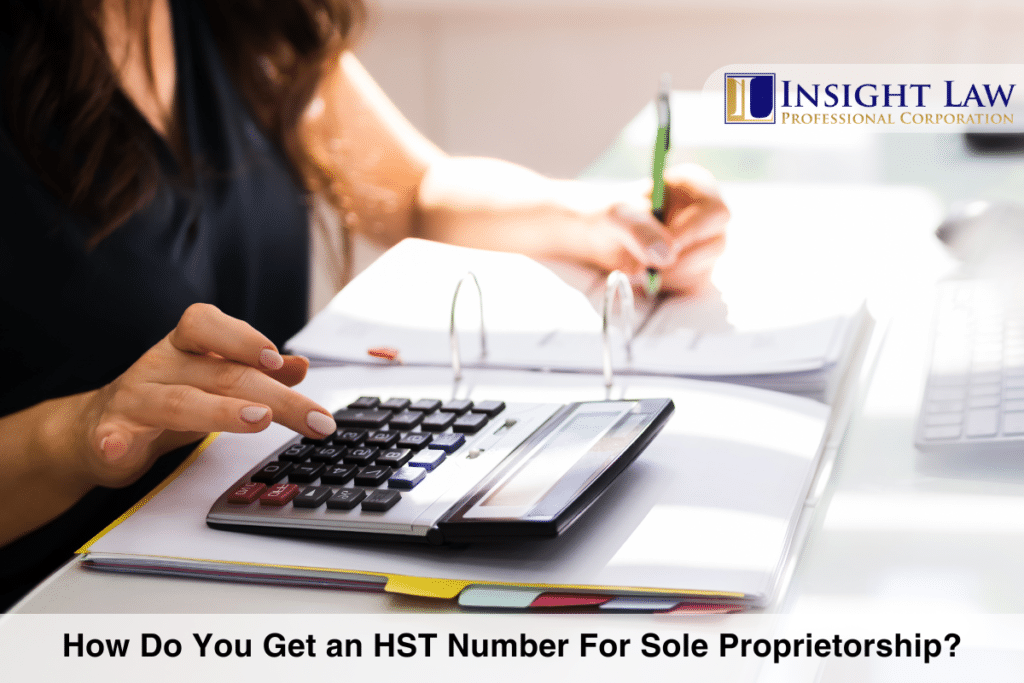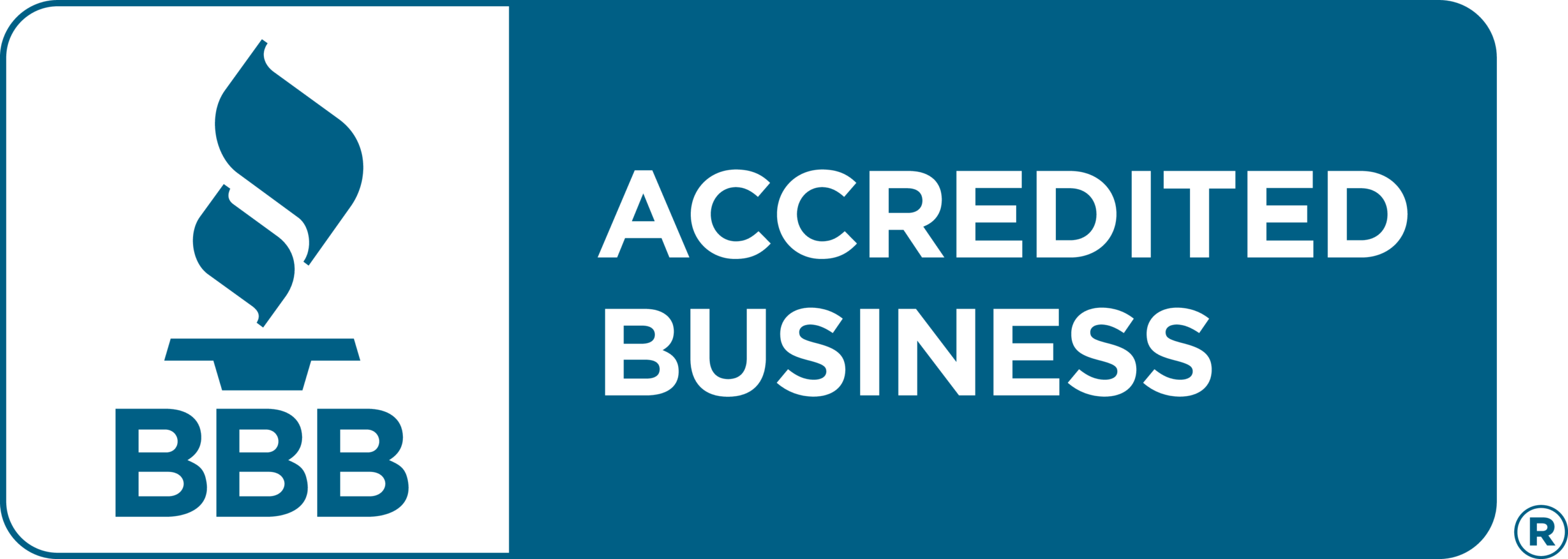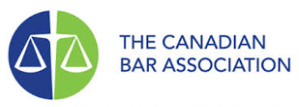A sole proprietorship is a popular choice for Ontario entrepreneurs because it’s easy and has minimal red tape. It’s perfect for those who want total control over their business. This article will go over the legal considerations and steps to set up a sole proprietorship in Ontario with references to the relevant laws and regulations. If you use your own name as your business name, you don’t need to register.
Several legal frameworks govern the establishment and operation of a sole proprietorship in Ontario, primarily the Business Names Act (Ontario) and various tax regulations enforced by the federal and provincial governments.
Insight Law Professional Corporation is a corporate law firm. Whether you’re just starting out, looking to expand, or facing legal challenges, our team is here to provide the strategic advice and legal solutions you need. If you need guidance from a Toronto corporate lawyer, contact us and see how our firm can help.
- What is Sole Proprietorship?
- How To Register a Sole Proprietorship in Ontario?
- How To File Taxes for Sole Proprietorship?
- What Is The Difference Between Sole Proprietorship and Corporation?
- What Are The Advantages of Sole Proprietorship?
- What Are The Disadvantages of Sole Proprietorship?
- What Laws Apply To Sole Proprietorship in Ontario?
- How Do You Get an HST Number For Sole Proprietorship?
- How Do You Change Sole Proprietorship To Corporation?
- How To Close a Sole Proprietorship in Ontario?
- Summary
What is Sole Proprietorship?

A sole proprietorship is a popular and simple form of business ownership where one individual owns, manages, and is accountable for all aspects of the business. This type of business structure is marked by its ease of setup and minimal regulatory requirements, making it an attractive option for entrepreneurs who wish to operate independently. In a sole proprietorship, there is no legal distinction between the owner and the business; the owner receives all profits and is personally responsible for all debts, losses, and liabilities. This direct control allows for quick decision-making and flexibility in business operations. If an entrepreneur decides to work with a partner, they may need to consider forming a partnership instead of a sole proprietorship.
However, the lack of legal separation between the owner and the business also means that sole proprietors face unlimited personal liability. This can expose their personal assets, such as property and savings, to business-related risks and debts. Taxation is another aspect where sole proprietorships differ from other business structures; the business’s income is considered the individual’s personal income and is taxed accordingly at the individual’s personal income tax rate. Despite these considerations, the simplicity, control, and ease of dissolving the business make sole proprietorship a popular choice for many small business owners and freelancers.
How To Register a Sole Proprietorship in Ontario?
Step 1 is to choose a unique name. Before finalizing the name make sure it’s not already in use or too similar to existing business names. You can do a name search. If you plan to operate under a name other than your legal name you must register the business name with the Ontario government through Service Ontario. This is valid for 5 years and can be done online or in person. It’s a quick and easy way to secure your business name and set up the legal framework for your business.
After the business name registration the next steps are to get tax registrations and licenses. The sole proprietor must apply for a Business Number (BN) from the Canada Revenue Agency (CRA) for tax purposes. This number is an identifier for businesses dealing with the federal government. If the business makes over $30,000 in taxable revenue per year then registration for the Harmonized Sales Tax (HST) is also required.
Also depending on the nature of the business and location specific licenses or permits may be needed to operate in the province. These could be municipal licenses, professional licenses or health and safety certifications.
In a nutshell the process of setting up a sole proprietorship in Ontario is:
- Business Name Selection and Registration: If you plan to operate under a name other than your personal name you must register the business name with the Ontario government. This is done through ServiceOntario online or in person. The name must be unique, not misleading or confusing with existing names and compliant with the Business Names Act.
- Tax Registrations: Depending on your business you may need to register for specific taxes. Most businesses need to get a Business Number (BN) from the Canada Revenue Agency (CRA) for tax purposes. If your business makes over $30,000 in taxable revenue per year then you must also register for HST.
- Licenses and Permits: Depending on the type of business and location you may need specific licenses or permits to operate in Ontario. This could be municipal business licenses, health and safety certifications or professional licenses.
- Business Bank Account: While not a legal requirement opening a separate business bank account is highly recommended for better financial management and record keeping.
How To File Taxes for Sole Proprietorship?
As a sole proprietor filing taxes means reporting the business income on the individual’s personal tax return. The business and the owner are the same entity for tax purposes. This can be done in Canada using the T1 personal tax return and the Statement of Business or Professional Activities (Form T2125). By reporting business income and expenses the sole proprietor can figure out the net profit or loss for the tax year.
Sole proprietors must keep records of all business transactions including receipts, invoices and bank statements to file taxes accurately. These records will help to identify deductible expenses such as supplies, home office costs, travel expenses and equipment depreciation which can reduce taxable income.
Sole proprietors must also understand their tax obligations and CPP contributions based on their net business income. They may need to make quarterly tax installments to avoid a big lump sum payment at the end of the tax year if the business income is over a certain threshold. Also understand the eligibility and calculation of Goods and Services Tax/Harmonized Sales Tax (GST/HST) credits for those who have registered for GST/HST.
A professional accountant can help with tax filing, tax compliance and tax deductions. Tax planning and management is key to reducing liabilities and keeping a sole proprietorship healthy.

What Is The Difference Between Sole Proprietorship and Corporation?
The difference between a sole proprietorship and a corporation is in the legal structure, liability, taxes, and complexity of operations and more.
Legal Structure and Liability:
- A sole proprietorship is an unincorporated business owned and operated by one person, with no separation between the business and the owner. The owner is personally responsible for all debts and liabilities of the business. This means personal assets like the owner’s home and savings can be used to pay business debts and judgments.
- On the other hand, a corporation is a separate legal entity from its owners (shareholders). It can own property, borrow money, sue and be sued. One of the main advantages of a corporation is limited liability, meaning the shareholders’ personal assets are generally protected which the exception of special circumstances, from the corporation’s debts and liabilities, as long as no personal guarantees are made.
Taxes:
- In a sole proprietorship, the business income is considered the owner’s personal income and is reported on the individual’s personal income tax return. This simplicity means the business is taxed at the owner’s personal income tax rate, but it also means higher tax rates as the business income grows.
- Corporations have corporate tax rates generally lower than personal tax rates for higher income brackets. This can be a tax advantage especially for businesses that retain earnings within the corporation. Corporations can also access tax planning opportunities like income splitting and tax deferral.
Complexity and Formalities:
- Sole proprietorships are easy and inexpensive to set up and operate, with less regulatory requirements and formalities. The administrative burden is minimal, good for small or start-up businesses.
- Corporations on the other hand have more regulatory and administrative requirements, including filing separate corporate tax returns, corporate governance practices, and keeping proper records and minutes of corporate meetings. These requirements add to the operational complexity and often require professional services like legal and accounting advice.
Funding and Growth Potential:
- Raising capital can be tougher for sole proprietorships as they rely on personal funds, personal loans or loans guaranteed by the owner.
- Corporations have more options to raise capital, like issuing shares or bonds. This ability to attract investors makes it easier for corporations to grow.
What Are The Advantages of Sole Proprietorship?
The sole proprietorship model has many advantages, that’s why many entrepreneurs and small business owners prefer it. Here are some of the benefits:
- Simplicity and Easy to Set Up: One of the biggest advantage of a sole proprietorship is its simplicity and ease of setup. Setting up a sole proprietorship requires minimal legal formalities, so an individual can start a business fast and with less paperwork than other business structures.
- Total Control: A sole proprietor has full control over all aspects of the business. This means quick decision making and flexibility to manage the business, adapt to changes and pursue new opportunities without needing to consult with partners or shareholders.
- Lower Start-up Costs and Less Regulation: Start-up and operational costs of a sole proprietorship are generally lower than corporations or partnerships. Sole proprietors have fewer regulatory requirements, ongoing obligations and compliance issues that means big time and cost savings.
- Tax Benefits: Sole proprietors have a simple tax reporting, the business income is taxed as the owner’s personal income. This means filing taxes through personal income tax return and avoiding double taxation that corporations face. Also, sole proprietors can deduct business losses from their personal income and reduce overall tax liability.
- Privacy: Since sole proprietorships don’t need to register as a separate legal entity (except for business name registration), they often have more privacy than corporations. There’s no requirement to disclose financial information publicly which is required for many other business structures.
- Direct Benefit from Profits: Sole proprietors get to enjoy all the business profits without sharing with others. This direct link between effort and reward can be a big motivator and financial incentive for the business owner’s success.
- Easy to Dissolve: Closing a sole proprietorship is generally easier than dissolving other business structures. Since the business and the owner are one and the same, closing the business means less paperwork and fewer formalities.
These benefits make sole proprietorship attractive to individuals who want full control of their business with minimal regulatory compliance and operational complexity. But potential sole proprietors should also consider the limitations like personal liability for business debts and the challenges of raising capital.
What Are The Disadvantages of Sole Proprietorship?
While sole proprietorships have many benefits, they also have several drawbacks that business owners should consider before choosing this business structure:
- Unlimited Personal Liability: One of the biggest disadvantage of a sole proprietorship is that the owner is personally liable for all business debts and obligations. If the business incurs debt or is sued, the owner’s personal assets (like a home, car or savings) can be used to settle business liabilities.
- Hard to Raise Capital: Sole proprietors find it harder to raise funds since they can’t issue stocks or bonds like corporations. They usually rely on personal savings, personal loans or loans based on their personal creditworthiness. This limitation can limit the business’s growth and ability to take advantage of new opportunities.
- Limited Duration: A sole proprietorship’s existence is tied to the owner’s lifespan. The business ceases to exist if the owner dies or becomes incapacitated, making it less stable in the long term compared to other business structures that can exist independently of their founders.
- Tax Burden on High Earnings: While the tax filing is simpler for sole proprietors, they may face higher tax burden if the business is very profitable. Since business income is taxed as personal income, it can push the owner to higher tax brackets and result to higher overall tax rate than a corporation which can benefit from lower corporate tax rates.
- Limited Expertise: Sole proprietors may struggle with the breadth of skills needed to manage all aspects of the business. Unlike in partnerships or corporations where tasks can be divided among partners or employees with different areas of expertise, sole proprietors have to wear multiple hats from marketing to accounting which can limit the business’s growth and efficiency.
- Perception and Credibility: In some industries, sole proprietorships may be perceived as less professional or credible than incorporated businesses. This perception can affect the business owner’s ability to attract clients, partners or investors who prefer to deal with a corporation or partnership.
- Hard to Transfer Ownership: Transferring ownership of a sole proprietorship is more complicated than transferring ownership of a corporation or partnership. Since the business is one with the owner, any transfer of ownership would require major legal and financial restructurings.
It’s important to weigh these challenges against the business structure’s advantages and consider personal circumstances, business goals, and risk tolerance.
How Do You Get an HST Number For Sole Proprietorship?

Getting an HST number for a sole proprietorship in Canada means registering for HST with the Canada Revenue Agency (CRA). You can do this online, by mail, fax or phone. Here’s how:
- Determine if you need to register: Before you register for an HST number, determine if your sole proprietorship needs to. Generally you need to register for HST if your business earns more than $30,000 in 4 consecutive calendar quarters. But even if you earn less, you can register voluntarily to claim input tax credits to recover the HST you paid on business purchases.
- Online: The quickest way to register for an HST number is through the CRA’s Business Registration Online (BRO) service. You’ll need your social insurance number (SIN), business name and other business info. You may need to create a CRA user ID and password if you haven’t used BRO before.
- By Phone: Or you can call the CRA’s Business Enquiries line. Have your SIN, business info and the date you want your HST registration to start.
- By Mail or Fax: You can also register for an HST number by filling out Form RC1, Request for a Business Number (BN) and mailing or faxing it to the CRA. The form and the mailing/faxing instructions are on the CRA website.
- Get Your HST Number: Once you’re registered the CRA will issue your HST number. This number is part of your Business Number (BN) and will be used on all HST related filings and communications with the CRA. The format of the HST number is your 9 digit BN followed by RT0001 (e.g. 123456789RT0001).
- Stay Informed: Once you have your HST number make sure you understand your obligations, including charging, collecting and remitting HST as applicable to your business transactions. You’ll need to file HST returns monthly, quarterly or annually depending on your business’s revenue and the options you chose during registration.
Remember, registering for an HST number allows you to claim back the HST you pay on business purchases, which can reduce your overall business costs. Keep accurate and up to date records of all HST collected and paid out so you can stay compliant and prepare for your HST filings.
Starting and Operating a Business
Starting and operating a business as a sole proprietorship in Ontario requires planning and execution. As a sole proprietor, you’ll be responsible for making all business decisions, including financial, operational, and strategic decisions. You’ll also be personally liable for the business’s debts and obligations.
To start a business, it is recommended to create a business plan, which outlines your business goals, target market, financial projections, and marketing strategy. You’ll also need to obtain any necessary licenses and permits, register for a GST/HST number, and open a business bank account.
As a sole proprietor, you’ll need to keep accurate financial records, including income statements, balance sheets, and cash flow statements. You’ll also need to file your business income and expenses on your personal tax return.
Ongoing Obligations
As a sole proprietorship in Ontario, you’ll have ongoing obligations to maintain your business registration and comply with relevant laws and regulations. You’ll need to file annual reports with the Ontario Business Registry, which includes updating your business information and paying the annual registration fee.
You’ll also need to comply with sales tax laws, including charging and remitting GST/HST on your business income. You may also need to obtain additional licenses and permits, depending on the nature of your business.
In addition, you’ll need to maintain accurate financial records and file your business income and expenses on your personal tax return. You may also need to obtain professional advice from an accountant or lawyer to ensure you’re meeting your ongoing obligations as a sole proprietorship in Ontario.
How Do I Convert Sole Proprietorship To Corporation?
Converting from a sole proprietorship to a corporation in Canada involves several steps to separate the individual’s personal assets from the business assets. This creates a new entity with its own rights and responsibilities. Here’s a general outline to follow:
- Choose a Corporate Structure: Decide what type of corporation is best for your business—federal or provincial. A federal corporation allows you to use the same name across Canada, while a provincial corporation is usually simpler and cheaper if you plan to operate in only one province.
- Choose a Corporate Name: Do a NUANS (Newly Upgraded Automated Name Search) if you’re incorporating federally or in certain provinces that require it. This search will make sure your proposed corporate name doesn’t conflict with existing business names or trademarks.
- Prepare the Articles of Incorporation: The articles of incorporation set up the corporation’s structure and rules. This document includes the corporation’s name, purpose, number of directors, types of shares it can issue, and any restrictions on business activities or share transfers.
- Incorporate Your Business: File your articles of incorporation and the required fee with the right government body—Corporations Canada for a federal corporation or the provincial registry for a provincial corporation. Once approved, you’ll get a certificate of incorporation.
- Get Necessary Permits and Licenses: Your new corporation may need different permits and licenses to operate. Check with federal, provincial and municipal governments to comply.
- Register for a New Business Number (BN) and Tax Accounts: Since a corporation is a separate legal entity, you’ll need to register for a new BN and any relevant tax accounts (e.g. GST/HST, payroll, import/export) with the CRA.
- Open a Corporate Bank Account: To separate your personal finances from your business’s finances, open a new bank account in the corporation’s name. You’ll need your certificate of incorporation and possibly your articles of incorporation to do this.
- Transfer Assets: If you want to transfer assets from your sole proprietorship to your new corporation, do it at fair market value to avoid tax implications. This may involve selling your business assets to the corporation which could trigger tax consequences so consult a tax professional.
- Update Your Business Agreements and Contracts: Notify your clients, suppliers and other business contacts of your new corporate status and update any existing contracts or agreements as needed.
- Keep Detailed Records: As a corporation you’re required to keep more detailed records than a sole proprietorship. This includes corporate minutes, by-laws, shareholder records and financial statements.
Converting from a sole proprietorship to a corporation is a big step in your business’s growth. It offers limited liability and tax advantages but also more responsibilities and costs. Consult with legal and accounting professionals to do it right and make sure it aligns with your business goals and legal requirements.
How To Close a Sole Proprietorship in Ontario?
Closing a sole proprietorship in Ontario involves several steps to meet all legal and financial obligations. Here’s a general guide to the process:
- Notify Customers and Suppliers: Inform your customers, suppliers and other business contacts of your decision to close the business. Give them a timeline for the closure so they can manage their expectations and wrap up any outstanding business.
- Cancel Your Business Name Registration: If you have registered a business name, you must cancel this registration with the Ontario government. You can do this through the Service Ontario website or by contacting the Companies Branch. The business name registration automatically expires after 5 years if not renewed.
- File Final Tax Returns: You must file a final tax return for the year you close the business. This includes reporting any income earned and expenses incurred until closure. Make sure you check the box indicating this is a final return. If you are registered for HST, you must file a final HST return and notify the CRA that your business is closed to deactivate your HST account.
- Cancel Other Registrations, Permits and Licenses: Depending on your sole proprietorship, you may have other registrations, permits or licenses. Make sure to cancel these to avoid ongoing obligations or fees. This could include municipal business licenses, provincial licenses specific to your industry or any other permits required to operate your business.
- Pay Off Debts: Pay off business debts to creditors, suppliers, service providers and lenders. If you have outstanding loans, contact your lenders and let them know your business is closing and arrange to pay off any remaining balances.
- Distribute Remaining Assets: After paying off debts, distribute any remaining business assets. This may involve selling assets and using the proceeds as part of the wind up process. As a sole proprietor, any remaining assets can be transferred to your personal possession but keep records of these transactions for tax purposes.
- Keep Records: Even after the business is closed, keep records of your business operations, financial transactions and tax filings for at least 6 years as the CRA requires. This documentation is for any potential audits or inquiries about your business during its operation.
- Inform Service Canada: If you have employees, you must issue final paycheques, including any owed vacation pay or severance. Also, complete and file Records of Employment (ROEs) for each employee so they can apply for Employment Insurance (EI) benefits if needed.
Closing a sole proprietorship in Ontario requires attention to detail to meet all legal and financial obligations and avoid liabilities. It’s recommended to consult a legal or financial advisor to get through the process smoothly and ensure all obligations are met.
Summary
Starting a sole proprietorship in Ontario is simple, governed by the Business Names Act and tax laws. While this structure offers flexibility and control, individuals must consider the risks of unlimited personal liability and tax obligations. It’s recommended to speak to a lawyer and accountant if you’re thinking of starting a sole proprietorship to meet the legal requirements and manage the sole proprietorship effectively.
If you are in search of guidance from a Toronto Business Lawyer, contact us and see how our firm can help you.
The information provided above is of a general nature and should not be considered legal advice. Every transaction or circumstance is unique, and obtaining specific legal advice is necessary to address your particular requirements. Therefore, if you have any legal questions, it is recommended that you consult with a lawyer.







